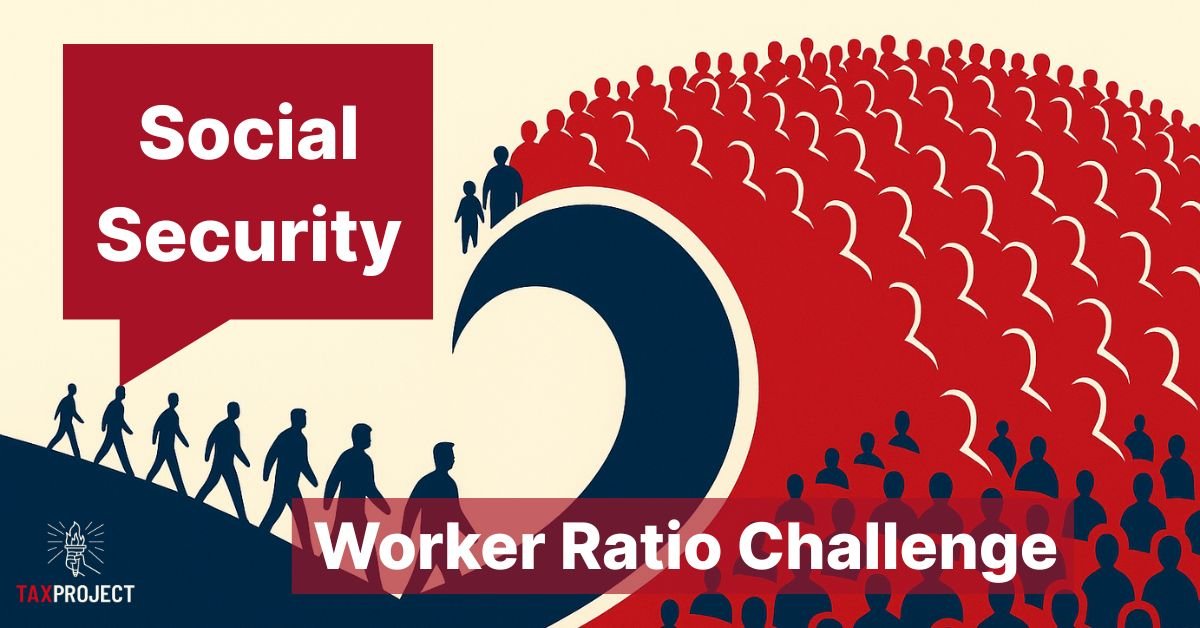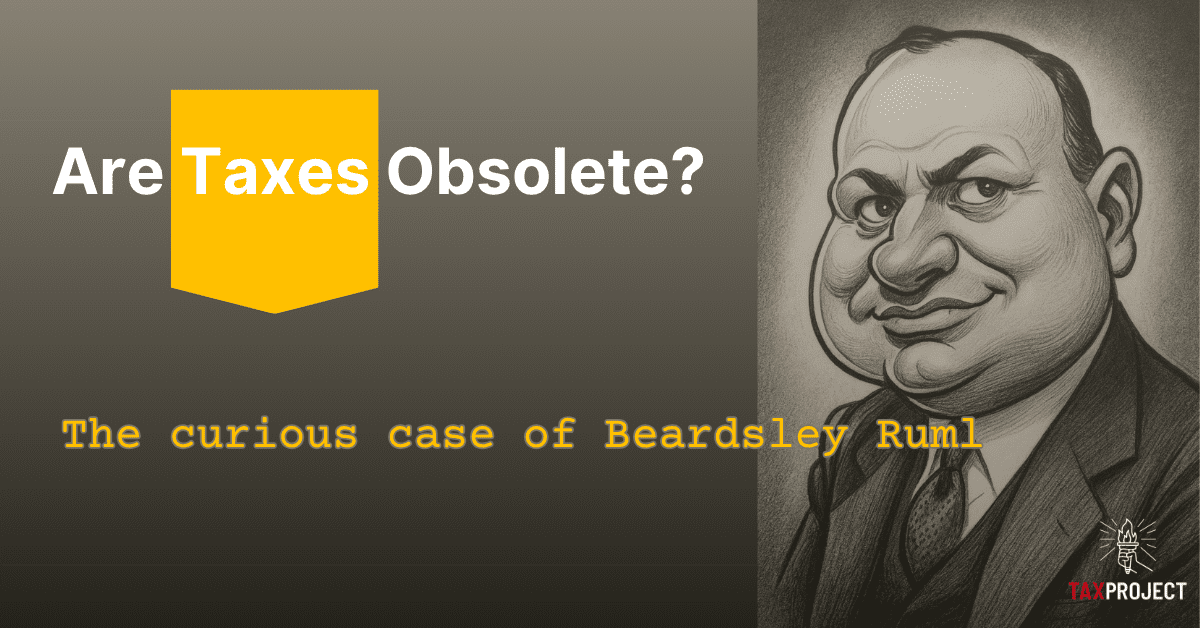The American Dream
The American Dream is one of the most enduring ideas in the United States. It’s more than a slogan—it’s a belief that through hard work, determination, and opportunity, anyone can succeed. For generations, America was viewed as the land where you could start with nothing and, through grit and initiative, rise to success. Nowhere else in the world, it was believed, offered the same level of upward mobility or access to possibility.
Unlike most nations, the United States was not founded on shared ethnicity, religion, or royal lineage, but on ideals. Margaret Thatcher once famously said, “Europe was created by history. America was created by philosophy.” [1] America’s founding was deeply philosophical—anchored in Enlightenment principles of liberty, individual rights, and merit. It was built by people willing to take extraordinary risks to start something entirely new, united not by bloodlines but by belief in a better system. These founding ideals—that individuals should be free to pursue happiness and reach their potential—laid the groundwork for what became the American Dream.
For most of American history, each successive generation has experienced a higher standard of living than the one before. Rising incomes, improved health outcomes, increased educational attainment, and access to homeownership were consistent markers of generational progress throughout the 20th century. According to the Pew Research Center, 84% of Americans born in 1940 earned more than their parents did at the same age, adjusted for inflation. This sense of progress became an essential part of the Dream’s promise [4].
Origins of a Dream
The phrase “American Dream” was coined by Pulitzer Prize-winning historian James Truslow Adams in his 1931 book The Epic of America. Writing in the depths of the Great Depression, Adams sought to clarify what made America unique. His definition of the Dream was:
“The American Dream is that dream of a land in which life should be better and richer and fuller for everyone, with opportunity for each according to ability or achievement. It is a difficult dream for the European upper classes to interpret adequately, and too many of us ourselves have grown weary and mistrustful of it. It is not a dream of motor cars and high wages merely, but a dream of social order in which each man and each woman shall be able to attain to the fullest stature of which they are innately capable, and be recognized by others for what they are, regardless of the fortuitous circumstances of birth or position.” [2]
James Truslow Adams
Adams was influenced by the ideals of the American Founding—especially the Declaration of Independence and the belief that “all men are created equal” and endowed with “unalienable Rights” including “Life, Liberty, and the pursuit of Happiness.” He believed America was set apart by its dedication to opportunity over aristocracy, merit over birth. As historian Sarah Churchwell notes in Behold, America, Adams was pushing back against a rising materialism and sought to reclaim the moral dimension of the American experience [3].
He emphasized that the Dream was not simply about wealth, but about the chance to grow, contribute, and be recognized—to live a life of meaning and self-determination. America uniquely allowed people to escape societal limitations and imagine a better life, not through privilege but through perseverance.
At its heart, the American Dream is about striving to become the best version of yourself. It’s about unlocking your potential through talent, hard work, and opportunity. The American Dream gave people the belief and opportunity to reach for something greater—to not just survive, but to thrive. A place where you could build your dreams and make them a reality. That spirit of ambition and self-betterment is what has drawn millions to America’s shores and continues to define the nation’s promise.
Evolution of the Dream
The American Dream has continued to evolve; it expanded alongside the nation. From agrarian beginnings and waves of immigration to industrial might, suburban sprawl to Economic Super Power, the dream evolved with every generation. While the term wasn’t coined until the 20th century, the underlying ethos was present in every step of America’s development. The lived experience for each generation continues to change, here are some of the changes:
Post-War Boom (1945–1965):
The U.S. economy boomed post WWII, and a new middle class emerged. Government programs like the GI Bill provided millions of veterans with home loans and access to higher education. Median household income rose from about $3,300 in 1950 (about $36,000 today) to $6,900 in 1970 (about $54,000 today) [4]. The average home cost just 2.2x the median income. College tuition at public universities was typically under $1,000 annually. Healthcare costs were modest—just 4.5% of GDP in 1960 [5]. The dream of a comfortable life expanded for a large number of Americans.
Household Cost Pie (1950s)
1970s–1980s: Inflation and Transition
From 1973 to 1982, inflation averaged nearly 9% per year. Median home prices rose from $24,000 in 1970 to $64,600 in 1980 [6]. Real wages stagnated. Healthcare spending grew rapidly, reaching 8.8% of GDP by 1980 [5]. Dual-income households became the norm.
Household Cost Pie (1980s)
1990s–2000s: Growth with a Cost
The tech boom and globalization expanded the economy but introduced volatility and expanding wealth disparities. College tuition at public universities hit $3,800 in 1990. Median home prices reached $120,000. By 2007, student loan debt averaged $18,000. Healthcare spending rose to 16.6% of GDP [5].
Household Cost Pie (2000s)
2010s–Today: Uneven Recovery and New Uncertainty
Following the Great Recession, economic growth returned, but unevenly. In 2023, average student loan debt exceeded $37,000. Homeownership among under-35s dropped below 40% [7]. Median rent in urban areas surpassed $2,000/month. Real wages rose only 5% from 2000 to 2020 [8]. Inflation from 2021 to 2023 echoed 1980s highs.
Household Cost Pie (2020s)
The composition of Household Expenditures continues to evolve with Housing, Healthcare, Student Debt, and Taxes taking larger portions of expenses, reducing Other expenditures including Discretionary spending all of which can alter sentiment.
Rising Costs of Government
The cost of the Federal Government continues to rise from less than 3% in 1929 to a peak of 30% during the COVID pandemic to roughly a quarter of the GDP today.
The Dream Today
The belief in the American Dream still resonates today, though how people define continues to evolve. For some, it’s still about homeownership and a stable job and more material means. For others, it’s about freedom of choice, living with dignity, and having the opportunity to pursue what matters most to them. Despite economic uncertainty, the idea remains a powerful motivator.
Some say the Dream is dead, that upward mobility and improving quality of life are fading and studies show that only 50% of Americans born in 1980 earn more than their parents at the same age compared to 90% in 1940. [10,11]
“The American Dream is not dead, but it is on life support—especially for those outside the upper classes.”
Brookings
While Pew Research shows only 37% of Americans believe the next generation will be better off than the last [9], the U.S. continues to offer unmatched opportunity in many areas. America leads not only in tech, biotech, green energy, and education, but also in innovation, entrepreneurship, cultural influence, scientific research, and capital and financial markets. From arts and entertainment to global philanthropy, the U.S. provides a platform for people to make a global impact. The promise of the Dream—to reach one’s full potential regardless of background—still exists, though it may be harder to attain than before.
Keeping the Dream Alive
The American Dream was never meant to be a finished product; it has always been a work in progress. We’re currently faced with many challenges including more than 20 years of structural budget deficits, historic national debt, ballooning interest payments on the debt, rapidly rising healthcare costs, exploding student debt, inflation and stagnating wages, greater global competition and AI and Climate Change clouds on the horizon. So preserving the Dream for future Americans will take a commitment, in something we pass to future generations as our parents did for us. The Dream was built not just for the comfort of the present generation, but for the benefit of those to come. That principle demands foresight, discipline, and sometimes, sacrifice.
To preserve and strengthen the Dream, we must make conscious choices today. Government Financial Literacy can help us better understand those choices—whether it’s how we fund education, invest in infrastructure, structure taxes, and how we manage debts, deficits and other obligations. A more informed public can help steer policy toward long-term prosperity, not just short-term gain.
We must recognize that preserving the Dream may require adjusting our expectations, rethinking what success looks like, and ensuring opportunity is not limited to the privileged few. If we value a society where hard work and character matter more than birth or connections, we have to build and protect the institutions that make that possible.
Final Thoughts
The American Dream once defined the America as unique: upwardly mobile, open, a land of opportunities where you could go as far as your talent and ambitions could take you. While the path has narrowed, and some say it was always a myth, the belief and the opportunities endure. It must be adapted to fit new realities without losing its essence. With effort and clarity, the Dream can once again inspire and unify. It remains not just an idea of what America was, but what it still can be.
Citation
[1] Margaret Thatcher, quoted in various speeches/interviews (c. 1980s). Commonly cited variant: “Europe was created by history. America was created by philosophy.”
[2] Adams, James Truslow. The Epic of America. Little, Brown & Co., 1931.
[3] Churchwell, Sarah. Behold, America: The Entangled History of “America First” and “the American Dream”. Basic Books, 2018.
[4] Pew Research Center. “The Fading American Dream: Trends in Absolute Income Mobility Since 1940.” Based on analysis from the Equality of Opportunity Project. https://www.pewresearch.org/fact-tank/2017/12/12/american-dream-global-views/
[5] U.S. Census Bureau. Historical Income Tables: Household. Table H-5. https://www.census.gov/data/tables/time-series/demo/income-poverty/historical-income-households.html
[6] Centers for Medicare & Medicaid Services (CMS). National Health Expenditure Data. https://www.cms.gov
[7] Federal Reserve Bank of St. Louis (FRED). Median Sales Price of Houses Sold for the United States. https://fred.stlouisfed.org
[8] U.S. Census Bureau. Quarterly Homeownership Rates by Age and Region. https://www.census.gov/housing/hvs/data/index.html
[9] Pew Research Center. “Most Americans Say Children Will Be Worse Off Than Their Parents.” 2023. https://www.pewresearch.org/social-trends/2023/06/27/americas-financial-future/
[10] Brookings Institute. Dream Horders 2017 https://www.brookings.edu/books/dream-hoarders/
[11] Science. The Fading American Dream 2017 https://www.science.org/doi/10.1126/science.aal4617
Expense Sources:
- U.S. Bureau of Labor Statistics (Consumer Expenditure Surveys). https://www.bls.gov/cex/
- National Center for Education Statistics (NCES). Tuition Trends and Digest of Education Statistics. https://nces.ed.gov/
- U.S. Department of Housing and Urban Development (HUD). Fair Market Rent and Housing Affordability Data. https://www.huduser.gov
- Economic Policy Institute (EPI). Family Budget Calculator. https://www.epi.org/resources/budget/
- Brookings Institution. Cost of living and wage growth analysis. https://www.brookings.edu
- FRED Economic Data. Consumer Price Index, wages, and housing costs. https://fred.stlouisfed.org











